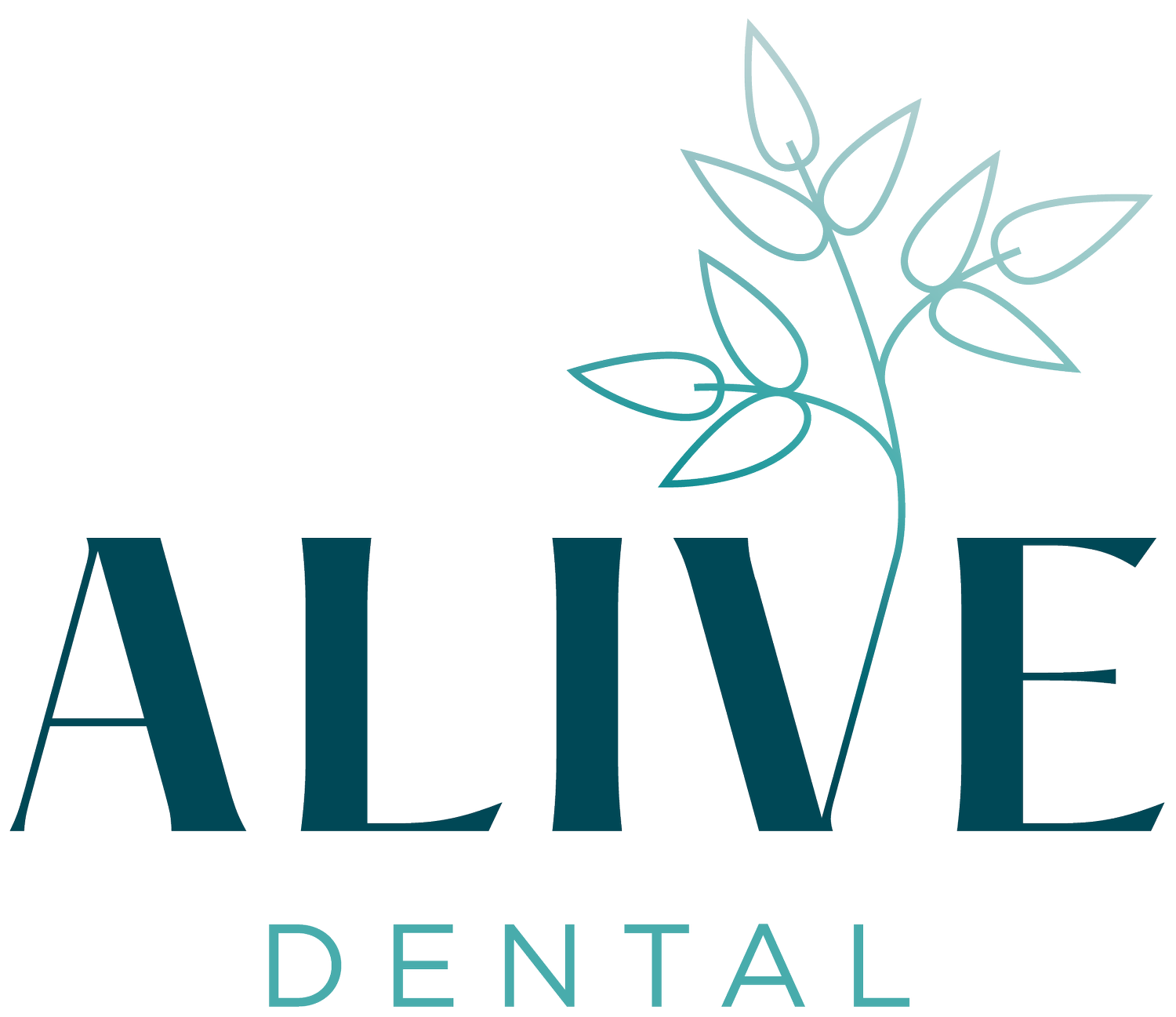Rethinking Fluoride: What You Need To Know
There’s a growing national conversation around fluoride—and for good reason. From recent FDA actions to local policy changes, fluoride is being reevaluated by both public health officials and private practitioners. As a biologic dental practice, we believe it’s important to help our patients understand not just what’s changing, but why.
What’s Happening Now?
In April 2024, the FDA announced its decision to remove all ingestible fluoride supplements for children from the market, citing insufficient evidence of safety and effectiveness. Since then, states like Utah and Florida have begun removing fluoride from public water systems, prompting even more scrutiny of the practice of systemic fluoridation.
For decades, fluoride has been promoted as a cavity-prevention tool. But growing concerns over its effects on overall health are leading many to ask: Is it worth it?
Why the Shift?
Mounting scientific evidence is challenging the long-held belief that fluoride is safe and effective when ingested. Multiple studies have linked systemic fluoride exposure to potential health risks, including:
Neurotoxicity and lowered IQ in children [1]
Thyroid dysfunction [2]
Skeletal fluorosis and bone fragility [3]
Increased risk of dental fluorosis (visible damage to developing teeth) [4]
Organizations such as the IAOMT (International Academy of Oral Medicine and Toxicology) have been at the forefront of compiling and advocating for research-based fluoride alternatives. Their stance? Fluoride may have topical benefits, but it is not safe or effective to ingest.
Alternatives for Cavity Prevention
At Alive Dental, we focus on supporting the body’s natural ability to heal and remineralize. Our fluoride-free cavity prevention strategies include:
Regular cleanings using Guided Biofilm Therapy (GBT) to disrupt harmful bacteria
Ozone therapy to sterilize and oxygenate the mouth
Nutritional guidance to support strong enamel from within
Biocompatible remineralizing products like hydroxyapatite toothpaste
Patient education around pH balance, mouth breathing, and mineral-rich diets
When we support the mouth’s natural ecosystem, we can often prevent decay without relying on systemic chemicals.
What About SDF?
You may have heard of Silver Diamine Fluoride (SDF)—a topical treatment that arrests tooth decay by killing bacteria and hardening soft tooth surfaces. While we don’t use this as a routine solution at Alive Dental, there are rare situations where it may be the least harmful option.
For example, in elderly or medically fragile patients with dry mouth, terminal dentition, or limited ability to tolerate surgery, SDF can help stop infection in its tracks. When the choice is between a minor topical application and a physically taxing extraction, we always consider the whole person. As with everything we do, our philosophy is to avoid extremes. We don’t believe in “always” or “never”—we believe in what’s best for this patient in this moment.
Dental disease can progress rapidly in the elderly due to dry mouth, poor nutrition, and systemic inflammation. In those cases, preventing infection may be more protective of health than avoiding every fluoride-containing product.
In Summary
Fluoride is being removed from many systems and scrutinized for its systemic effects.
The science points to caution when it comes to ingesting fluoride.
We offer many fluoride-free, biologic tools to help prevent cavities.
In rare cases, topical SDF may be a reasonable option to prevent harm in the most vulnerable patients.
As always, our care is guided by listening, thoughtful evaluation, and doing what will best support healing and comfort for each individual.
Have questions about fluoride, cavity prevention, or your treatment plan? Call us at 970-472-0488 or email info@alive-dental.com. We’re here to help you make informed choices that support your whole-body health.
References:
[1] Grandjean P, et al. Environmental Health Perspectives 2012
[2] Peckham S, et al. Journal of Epidemiology & Community Health 2015
[3] National Research Council. Fluoride in Drinking Water 2006
[4] CDC Community Water Fluoridation FAQs, 2022

